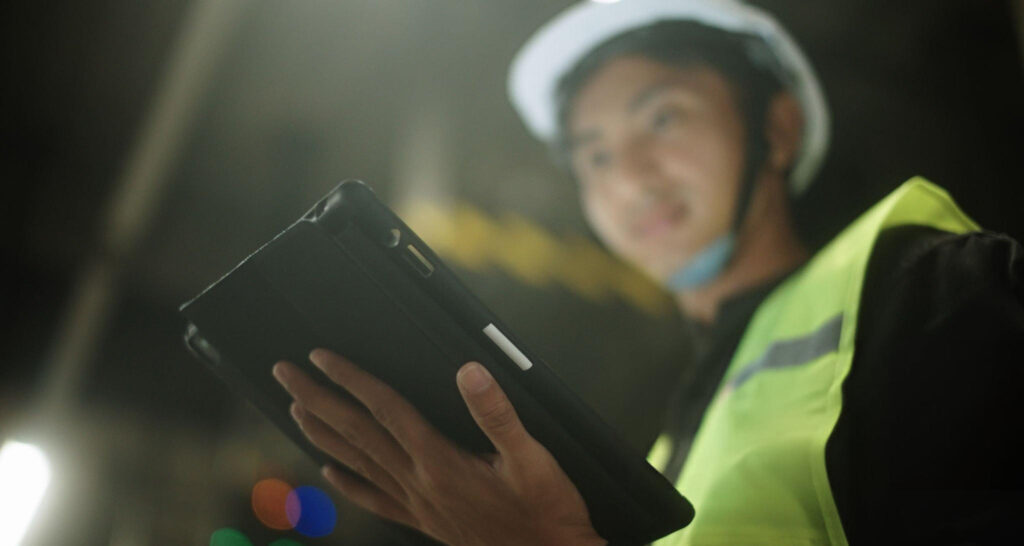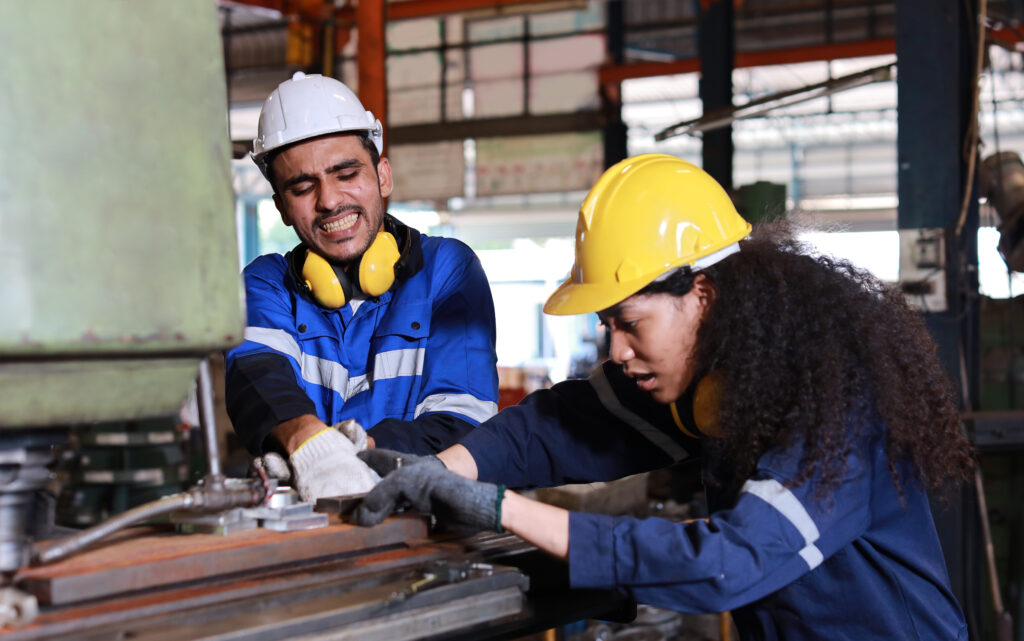Workplace safety stands paramount, especially in industries where risks loom large, such as gas utilities, electric utilities, and oil & gas. Ensuring a safe working environment is crucial, not just for compliance, but for the well-being of everyone involved. In such high-risk arenas, adopting effective safety practices is non-negotiable. One significant part of maintaining this safety is understanding and implementing near miss reporting tools. These tools are particularly game-changing, offering new insights and approaches that connect traditional methods with modern technology.
As technology evolves, it presents incredible opportunities to transform safety practices. AI-driven tools have emerged as a potent solution in transforming workplace safety, particularly with near miss reporting systems. These tools enhance our understanding of minor incidents that could potentially escalate and help prevent similar occurrences in the future. Moving beyond merely responding to incidents, these systems provide the ability to see patterns, predict risks, and take necessary actions before accidents happen.
Understanding Near Miss Reporting
A near miss might not attract much attention initially, but it holds valuable information in understanding potential hazards. Simply put, a near miss is an unplanned event that didn’t result in injury, illness, or damage – but had the potential to do so. Recognizing and documenting near misses can be tricky but is indispensable for improving safety procedures. By gathering data on these incidents, companies can identify weaknesses in safety protocols and improve them before they lead to actual accidents.
Near miss reporting serves a crucial function in reducing workplace hazards. Understanding the significance of documenting these events allows for proactive measures to prevent them from occurring again. This practice fosters a culture of vigilance and continuous improvement, but it requires the right tools to be efficient. Collecting detailed reports can seem cumbersome, but with the right systems in place, it streamlines the process. Key benefits of near miss reporting include:
1. Identifying trends and patterns in near miss incidents that could predict future accidents.
2. Spotting potential problem areas within the workplace before they escalate to more serious issues.
3. Encouraging a culture of safety where every employee feels responsible for reporting hazards.
4. Improving overall communication within the workforce about safety awareness and practices.
The Role of AI-Driven Safety Reporting Tools
AI-driven tools take traditional near miss reporting to the next level by integrating automation and real-time data analysis. They enhance visibility and understanding of potential risks by processing large volumes of data swiftly and accurately. These tools can spot potential hazards before they result in dangerous situations, allowing for preemptive action.
Features such as automated alerts and real-time data collection provide an edge over conventional methods. Instead of simple paper-based systems or basic digital logs, AI tools offer comprehensive data integration, enabling businesses to track and manage safety reports seamlessly. This integration further solidifies the foundation for a proactive safety strategy, ensuring that information never falls through the cracks.
Benefits of AI-Driven Near Miss Reporting
The implementation of AI-driven near miss reporting tools brings several benefits to industries facing high risks. One major advantage is the boost in accuracy and speed for handling near misses. These tools minimize human error and ensure that each near miss gets reported promptly and correctly. This newfound efficiency means safety teams have more precise data to work with when refining procedures and protocols.
Such tools also empower businesses to meet and exceed safety regulations with less hassle. Constantly changing standards mean businesses need to stay on their toes, but AI tools can help track compliance effortlessly. This way, companies avoid fines and ensure a safer environment for everyone involved.
Moreover, with features like trend analysis and predictive insights, AI-driven tools enable proactive risk management. By understanding patterns in near miss reports, companies can predict potential hazards and act before problems arise. For instance, imagine a gas utility identifying frequent near misses related to equipment malfunctions. With AI insights, the problem can be addressed before an actual accident or breakdown occurs.
Case Studies and Examples
Consider a scenario in the oil and gas sector where workers frequently encounter slip hazards due to oil spills. By using AI-powered near miss reporting tools, the company pinpoints high-risk areas and times when these incidents occur most often. Equipped with this real-time data, the company can implement better cleaning protocols and schedule maintenance at optimal times, reducing the risk of future spills.
In electric utilities, AI tools have shown success by preventing equipment failures. By analyzing data from past reports, potential issues are identified well in advance, allowing for timely upgrades and maintenance. This helps keep the power flowing smoothly while keeping workers safe.
Vegetation management also benefits from these innovations. Utility companies create safer work environments by employing AI-driven systems to track and manage vegetation growth near power lines. This reduces the likelihood of dangerous overgrowth leading to outages or fires.
Conclusion
AI-driven near miss reporting tools are key players in improving safety in high-risk industries. By leveraging technology for more accurate reporting, proactive management, and enhanced compliance, these tools transform how businesses handle safety. They not only address immediate concerns but lay a foundation for a more secure future where risks are minimized.
Adopting these tools sets a new standard for safety, making industries safer not just for workers, but for stakeholders and communities as well. As technology continues to advance, integrating these systems will become even more crucial for businesses aiming to maintain and enhance safety standards across the board.
To revolutionize your safety practices with precision and proactive risk management, consider integrating an AI-driven safety reporting tool. Whether you’re working in gas utilities, electric utilities, or oil and gas, these solutions can streamline compliance and reduce risks across the board. Let Field1st help you take the next step toward a safer, smarter operation.





